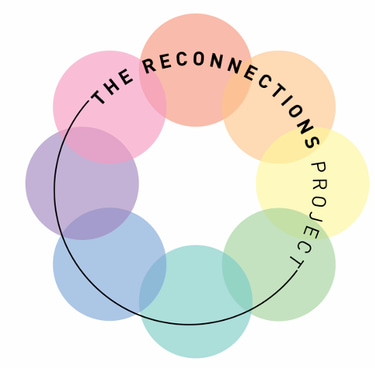Reconnecting with Hope (part 2)
How can organisations embed hope in their work?
RECONNECTING
Dr Trent Grassian
5/6/20252 min read


Last week, I spoke about why hope is essential.
Hope isn't a privileged position. Organisations working to make the world a better place need hope. Hope is what has driven fights by oppressed communities throughout history — envisioning a different future and then dedicating their lives to making that future a reality. Quite simply: If we don't have hope for a different future, we can't see what that future might be.
So, how can hope be embedded within organisations and initiatives?
First, hope needs to be embedded within your strategic vision. We are often working toward lofty goals (e.g., ending all homelessness / factory farming / racism / etc.), but our work often does not reflect these goals. As I've discussed previously, work often reflects (a) where funding is available, (b) what 'looks good' and will get a lot of press / government attention, (c) continuing historic commitments / work, and (d) reactive work that may be too rushed to be well thought out.
Quite simply: we need to start with our vision and work backwards. Instead of focusing on all the negatives with where we are at currently, we need to spend time reflecting on our visions, on the world we want to live in, and then figure out how we can actually create that vision. What would be the last thing that you would need to do to end homelessness, factory farming, or racism? The second-to-last thing? If you start at the end, you can more accurately identify the work you need to do now and work from a place of hope, rather than a focus on this-is-the-reality-right-now, so we-better-deal-with-it.
Second, hope needs to be embedded within your culture. It is far too easy to feel bogged down by negativity, hopelessness, and feeling resigned to the work that you can do, rather than the work that you want to do. Even when we are feeling completely hopeless about the future (recent election results come to mind...), hope can be a strategic practice.
We can build hope through ways of working, by using our hurt and upset about the current state of the world to drive creative practices that foster hope within our daily work. This could look like a vision board that is regularly updated to reflect the world we want to see. Or, starting / ending each day with 3 things we are grateful for. Or even sharing positive news items and things we feel optimistic about each week.
Embedding hope in our culture also means being hopeful about the people we work with. Fostering environments that are built on trust and a shared vision, where we treat people with respect and the underlying assumption that they want to and will do a good job. If we can't have hope in those we work closest with, how can we feel hopeful about the work we are doing?
How can you reconnect with hope today?
Read part 1, looking at whether there is space for hope in a world that feels increasingly hopeless (spoiler: there is!)
